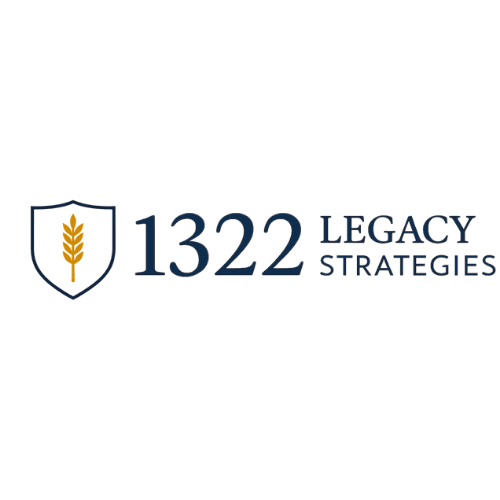Disclaimer: This article is for educational purposes only and does not constitute tax or legal advice. Please consult your CPA or legal advisor before making tax-related decisions.
Some purchases are obvious — a new truck, a major business upgrade, a strategic piece of equipment.
Others are smaller. A laptop. A camera. A new desk for your home office.
But whether your purchase is $400 or $40,000, the principles of control and stewardship remain the same.
Today, let’s use a laptop as our example — but the framework we’re about to show you could be applied to nearly any business-related expense. This is the heart of Nelson Nash’s “Equipment Financing” chapter in Becoming Your Own Banker: learning how to reclaim control over the money you would have spent anyway.
Why Traditional Financing Misses the Point
Let’s say you need a $2,000 laptop for your business.
You could use a credit card. You could dip into cash reserves. You could even use a line of credit. But in all of those cases, the capital is leaving your control — either through repayment to a third party, or by draining your own reserves.
That’s where Infinite Banking begins to shift the mindset.
Rather than asking, “How do I afford this?” the question becomes:
“How can I finance this in a way that keeps me in control?”
Step 1: Borrow Against Your System, Not From It
If you’ve built a properly structured dividend-paying whole life policy (the foundation of Infinite Banking), you can access capital through a policy loan. You don’t withdraw the money — you borrow against it. The insurance company lends you their capital, using your growing cash value as collateral.
Your money keeps growing uninterrupted — and you retain the ability to repay on your terms.
In Nelson’s words, the moment you make a major purchase through your own system, you’ve become both the buyer and the banker.
Step 2: Use the Funds for the Business Purchase
Whether it’s a laptop, a tool, a trailer, or an entire vehicle — you use the loan proceeds to make the purchase. If it’s a business expense, pay from your business account and document the use clearly.
Your CPA can guide whether this is a one-time write-off (via Section 179), or an asset to depreciate over time.
But the key is this: you financed it through your own system — not through a credit card company or traditional bank.
Step 3: Repay Yourself Like a Banker Would
This is where most people stop — but it’s where Nelson says the magic really happens.
If you’re serious about controlling your capital, you need to treat your repayment with the same respect you'd give a bank. Schedule repayments. Set terms. Track interest. Create the cash flow discipline that builds your private banking muscle over time.
As Nelson taught, the “banking function” is inescapable — it’s simply a question of who controls it. You, or someone else?
What About Tax Deductibility?
This is where you'll want your CPA’s counsel.
In general, interest paid on a life insurance policy loan is not tax-deductible for personal use. However, if the funds were used exclusively for a legitimate business expense — and well-documented — the interest may qualify as a deductible business expense under IRS rules.
That’s not a guarantee. But it is a door worth knocking on with a wise tax advisor.
Why This Isn’t Really About the Laptop
This isn’t a story about a $2,000 MacBook.
It’s a framework for eliminating third-party dependency — for any expense. Could be a truck. Could be tuition. Could be startup capital. Could be a new roof.
What matters is that you’re no longer handing control of your capital to someone else.
You’re practicing stewardship. You’re reclaiming banking. You’re building infrastructure that can serve you — and generations to come.
Final Thought:
When you learn to run your purchases through your own system, you’re not just “buying a laptop.” You’re building a legacy of ownership, capital control, and financial maturity.
It’s not flashy. But it’s powerful.
That’s what Nelson Nash meant when he said: “If you knew what I know, you’d do what I do.”
Would you like to see how this kind of capital system could work in your own business or family life?
We’d be honored to walk you through it.


